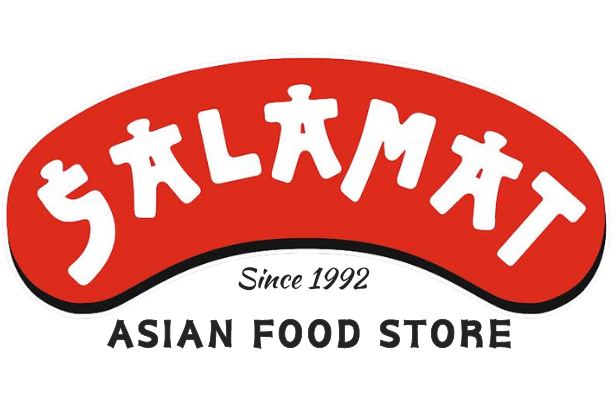Exploring Japanese Sauces: Okonomiyaki, Takoyaki, and Yakisoba
-1140x300w.jpg)
Japanese cuisine is celebrated for its unique flavors and versatile dishes, among which Okonomiyaki, Takoyaki, and Yakisoba are beloved staples. Each of these dishes is characterized by its own distinctive sauce, which enhances its flavor and contributes to its popularity.
- Okonomiyaki Sauce
Okonomiyaki is often described as a Japanese savory pancake, filled with a variety of ingredients like cabbage, pork, and seafood. The sauce used for Okonomiyaki is a thick, tangy blend that resembles a barbecue sauce but with a more complex flavor profile. Made from a mixture of soy sauce, Worcestershire sauce, ketchup, and sometimes a bit of sugar or honey, Okonomiyaki sauce adds a rich, umami depth to the pancake. It's typically drizzled on top of the cooked Okonomiyaki along with other garnishes like bonito flakes, seaweed, and mayonnaise.
- Takoyaki Sauce
Takoyaki are savory octopus balls, a popular street food in Japan. These small, round balls are made from a batter that contains diced octopus, tempura scraps, and green onions. Takoyaki sauce is similar to Okonomiyaki sauce but often has a slightly sweeter and less tangy flavor. It’s made from a combination of soy sauce, Worcestershire sauce, and sugar, with some variations including additional ingredients like mirin or sake. Takoyaki sauce is generously drizzled over the hot Takoyaki, which is then often topped with bonito flakes, dried seaweed, and sometimes a sprinkle of bonito powder.
- Yakisoba Sauce
Yakisoba is a stir-fried noodle dish that’s popular at Japanese festivals and home meals alike. The sauce for Yakisoba is distinctively different from the others, providing a unique balance of sweet and savory flavors. Typically made from soy sauce, Worcestershire sauce, ketchup, and sometimes oyster sauce, Yakisoba sauce is thicker and darker than the sauces used for Okonomiyaki and Takoyaki. It’s mixed into the stir-fried noodles along with vegetables and meat, creating a flavorful, cohesive dish that’s often garnished with pickled ginger, seaweed, and sesame seeds.
Key Differences
- Flavor Profile: Okonomiyaki sauce is tangy and slightly sweet, Takoyaki sauce is sweeter and less tangy, and Yakisoba sauce is a rich blend of sweet and savory with a thicker consistency.
- Usage: Okonomiyaki sauce is used to enhance savory pancakes, Takoyaki sauce complements octopus balls, and Yakisoba sauce is integral to stir-fried noodles.
- Ingredients: While all three sauces share common ingredients like soy sauce and Worcestershire sauce, their proportions and additional components (such as ketchup or oyster sauce) give each its distinctive taste.
Conclusion
Each of these Japanese sauces—Okonomiyaki, Takoyaki, and Yakisoba—brings its own unique flavor profile to its respective dish, contributing to the rich tapestry of Japanese street food and home cuisine. Understanding these differences can enhance your appreciation of Japanese culinary traditions and help you recreate these delicious dishes with authentic flair.
